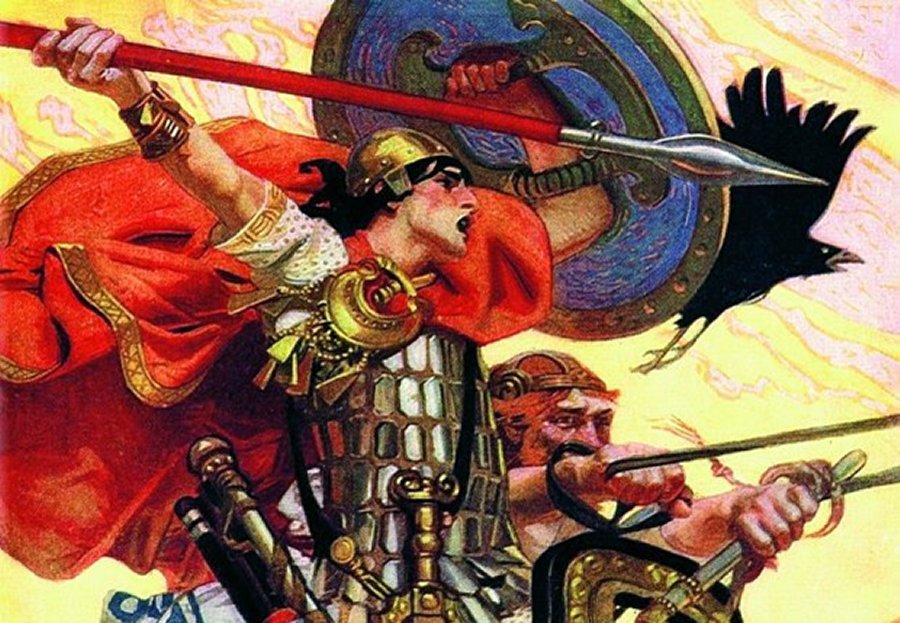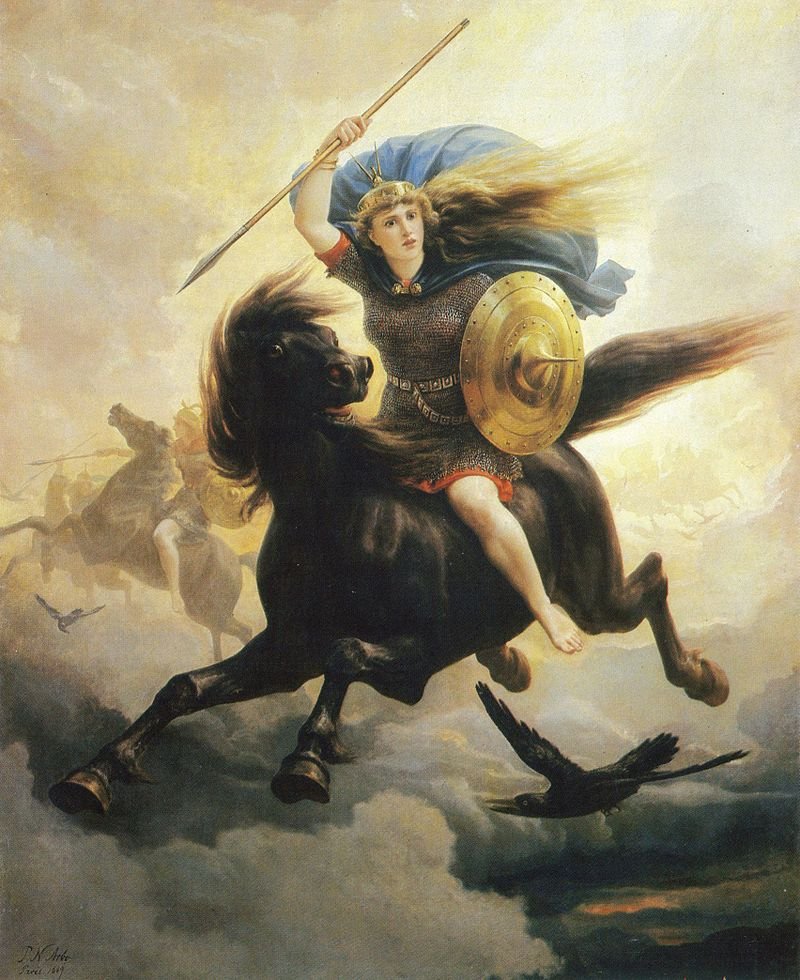Morrígan: Shape-Shifting Phantom Queen And Her Meeting With Irish Hero Cuchulainn
Ellen Lloyd - AncientPages.com - In Irish mythology, we come across a number of stories about shape-shifting beings. These shape-shifters are often gods, goddesses, magicians, witches, fairies, and other supernatural creatures.
In ancient times, it was believed that it was possible to transform humans into animals by using magic. Such transformation often occurred against the will of those affected, but there are also many stories of powerful gods and goddesses who simply possessed the ability to shapeshift into basically anything.
Credit: Adobe Stock - Andrey Burmakin
Morrígan, whose name translates to “great queen” or “phantom queen” was the Celtic goddess of war. She represented the circle of life and was associated with both birth and death. She is also described as being the patroness of revenge, magic, priestesses, night, prophecy, and witches.
Goddess Morrígan Meets Cuchulainn
Morrígan was a remarkable shapeshifter who watched over rivers, freshwater, and lakes. Her astonishing ability to shapeshift was demonstrated during her meeting with the mythical Irish hero Cuchulainn.
Among all of the Irish legends about adventures, voyages, great battles, invasions, and gods, perhaps Cuchulainn is the main hero of the Ulster Cycle.
Morrígan’s encounter with Cuchulainn is described in detail in the Cattle Raid of Cooley (Táin Bó Cúailnge).
Cuchulainn: Irish Mythical Hero And His Cruel Magical Spear Gae Bolg
In this account, the following conversation revealed her ability to both change form and threaten.
When her advances were rejected she replied: ‘I’ll get under your feet in the ford in the shape of an eel and make sure you fall.’
Cuchulainn answered: ‘I’ll get you between my toes and I’ll break your ribs . . .’ To this the Morrígan replied: ‘I’ll come as a grey she-wolf, and stampede cattle into the ford against you.’
Cuchulainn was undeterred, saying: ‘I’ll put your eye out with a stone from my sling . . .’
Finally, the Morrígan revealed her last threat: ‘I’ll come as a hornless red heifer, and lead the cattle to surge against you in the waters, whether ford or pool, and you’ll not know me.’
To which Cuchulainn responded: ‘I’ll fire a stone at you . . . and break the leg from under you . . .’
All of these things eventually happened as Cú Chulainn battled opponents at the ford of Áth Traiged.
Credit: Adobe Stock - kharchenkoirina
The Morrígan too was injured in this battle but was healed through another shape-shifting, when she appeared as an old woman milking a cow and the exhausted Cuchulainn was tricked into blessing her in return for three sips of milk.
Why Goddess Morrígan Was Similar To The Valkyries And Norns
Goddess Morrígan’s identity is still shrouded in mystery. She was one of the triple Goddesses in Celtic mythology. Some historians have suggested she was a member of the Tuatha Dé Danann, the Irish race of gods, founded by the goddess Danu.
Morrígan was associated with fate, especially with foretelling doom and death in battle. It’s only natural she appeared as a crow, flying above the battlefield. This is also the reason why Goddess Morrígan is associated with the Valkyries and Norns of Norse mythology.
In Norse mythology, the Valkyries were the choosers of the slain. The Valkyries were females riding on horses armed with helmets and spears. They would decide who would die in battle and drift over the battleground to find their prey.
In Old Norse mythology, the Norns were known as ‘Shapers of Destiny’. The Norns were goddesses who ruled the fates of people and determined the destinies and lifespans of individuals.
So, the stories of Morrígan certainly demonstrate many similarities between Irish and Norse mythology.
Updated onMarch 14, 2024
Written by Ellen Lloyd – AncientPages.com
Copyright © AncientPages.com All rights reserved. This material may not be published, broadcast, rewritten or redistributed in whole or part without the express written permission of AncientPages.com
More From Ancient Pages
-
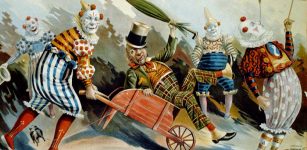 Why Is The History Of Striped Clothing Dark And Sinister?
Ancient History Facts | Jan 30, 2023
Why Is The History Of Striped Clothing Dark And Sinister?
Ancient History Facts | Jan 30, 2023 -
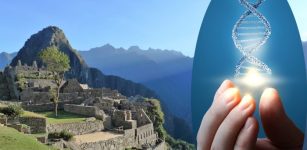 Ancient DNA Reveals A Diverse Community Lived At Machu Picchu, The ‘Lost City Of The Incas’
Archaeology | Jul 26, 2023
Ancient DNA Reveals A Diverse Community Lived At Machu Picchu, The ‘Lost City Of The Incas’
Archaeology | Jul 26, 2023 -
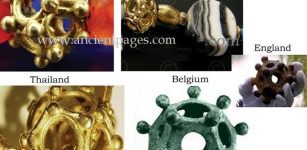 Dodecahedron: Sophisticated Ancient Device Found In Europe And Asia
Ancient Technology | May 14, 2014
Dodecahedron: Sophisticated Ancient Device Found In Europe And Asia
Ancient Technology | May 14, 2014 -
 European-Made Sealed Bottles Of Cherries Dated To 18th Century Found At Washington’s Mount Vernon
Archaeology | Apr 23, 2024
European-Made Sealed Bottles Of Cherries Dated To 18th Century Found At Washington’s Mount Vernon
Archaeology | Apr 23, 2024 -
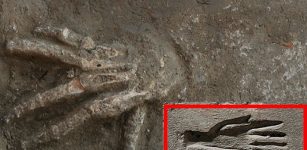 Mysterious Ancient Egyptian Severed Hands Practice Investigated By Scientists
Archaeology | Apr 1, 2023
Mysterious Ancient Egyptian Severed Hands Practice Investigated By Scientists
Archaeology | Apr 1, 2023 -
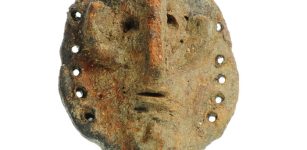 Unique Ancient Figurine Puzzles Scientists – Was She An Unknown Pre-Historic Water Goddess?
Archaeology | Jul 21, 2022
Unique Ancient Figurine Puzzles Scientists – Was She An Unknown Pre-Historic Water Goddess?
Archaeology | Jul 21, 2022 -
 Stone Artifacts Reveal Humans Lived In Philippines 700,000 Years Ago – Much Earlier Than Previously Thought
Archaeology | May 11, 2018
Stone Artifacts Reveal Humans Lived In Philippines 700,000 Years Ago – Much Earlier Than Previously Thought
Archaeology | May 11, 2018 -
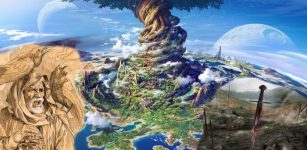 Yggdrasil: Eternal And Sacred Tree Of Life In Norse Mythology
Featured Stories | Sep 22, 2016
Yggdrasil: Eternal And Sacred Tree Of Life In Norse Mythology
Featured Stories | Sep 22, 2016 -
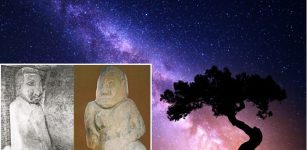 Controversial Stone Statues Of Niulang And Zhinyu And The Legend Of The Heavenly Queen And Milky Way
Artifacts | Sep 8, 2017
Controversial Stone Statues Of Niulang And Zhinyu And The Legend Of The Heavenly Queen And Milky Way
Artifacts | Sep 8, 2017 -
 Will Star Goddess Astraea Return To Earth With Second Golden Age Or Apocalypse?
Featured Stories | Aug 1, 2020
Will Star Goddess Astraea Return To Earth With Second Golden Age Or Apocalypse?
Featured Stories | Aug 1, 2020 -
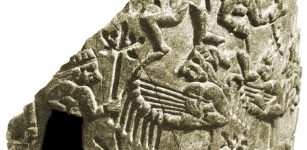 Lugal-Anne-Mundu: ‘King Of The Universe’ And Powerful Leader Who Restored Sumer To Its Former Glory
Civilizations | Oct 1, 2016
Lugal-Anne-Mundu: ‘King Of The Universe’ And Powerful Leader Who Restored Sumer To Its Former Glory
Civilizations | Oct 1, 2016 -
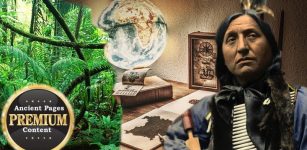 Home Of The Gods – Ancient Cities, Underground Worlds, Incredible Technology And Date Of Departure – Part 2
Civilizations | Jun 13, 2018
Home Of The Gods – Ancient Cities, Underground Worlds, Incredible Technology And Date Of Departure – Part 2
Civilizations | Jun 13, 2018 -
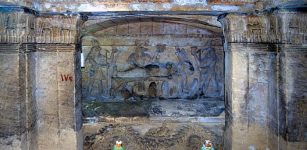 Catacombs Of Kom El Shoqafa – Largest Roman Burial Site In Egypt
Featured Stories | Feb 8, 2021
Catacombs Of Kom El Shoqafa – Largest Roman Burial Site In Egypt
Featured Stories | Feb 8, 2021 -
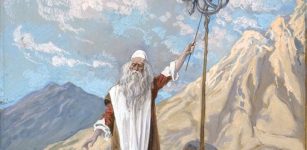 Enigma Of Nehushtan – The Biblical Copper Snake
Biblical Mysteries | Oct 31, 2018
Enigma Of Nehushtan – The Biblical Copper Snake
Biblical Mysteries | Oct 31, 2018 -
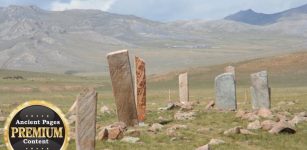 Mysterious Standing Deer Stones Of Mongolia -Their Purpose And Creators Remain Unknown
Featured Stories | Jun 18, 2014
Mysterious Standing Deer Stones Of Mongolia -Their Purpose And Creators Remain Unknown
Featured Stories | Jun 18, 2014 -
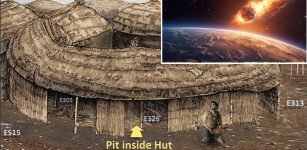 Cosmic Impact 12,800 Years Ago Forced Hunter-Gatherers In The Levant To Adopt Agricultural Practices
Archaeology | Oct 4, 2023
Cosmic Impact 12,800 Years Ago Forced Hunter-Gatherers In The Levant To Adopt Agricultural Practices
Archaeology | Oct 4, 2023 -
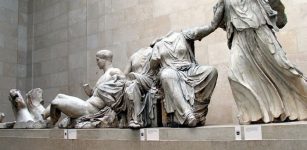 Parthenon Marbles: MEPs Call On Boris Johnson To Return Treasures To Greece
Artifacts | Nov 19, 2020
Parthenon Marbles: MEPs Call On Boris Johnson To Return Treasures To Greece
Artifacts | Nov 19, 2020 -
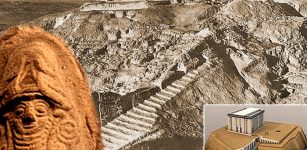 Anu: Supreme Ruler Of The Heavenly Abode In Sumerian Pantheon Of Gods
Featured Stories | Jun 7, 2018
Anu: Supreme Ruler Of The Heavenly Abode In Sumerian Pantheon Of Gods
Featured Stories | Jun 7, 2018 -
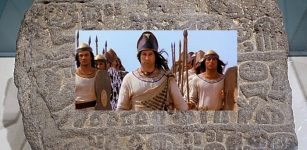 Forgotten Ancient Kingdom Of Tuwana Is Hidden Among Ruins In Cappadocia
Civilizations | Mar 12, 2016
Forgotten Ancient Kingdom Of Tuwana Is Hidden Among Ruins In Cappadocia
Civilizations | Mar 12, 2016 -
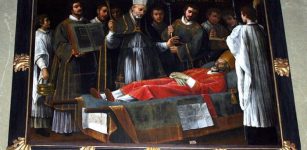 On This Day In History: Archbishop Thomas Becket Murdered – On Dec 29, 1170
News | Nov 29, 2016
On This Day In History: Archbishop Thomas Becket Murdered – On Dec 29, 1170
News | Nov 29, 2016


